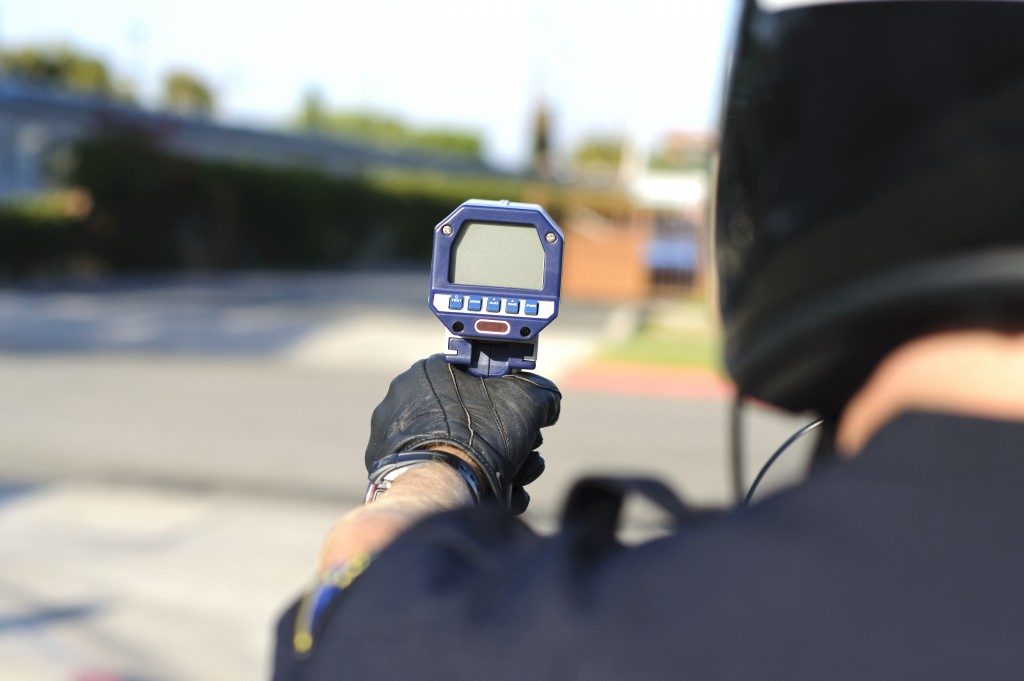Speeding is the most common moving violation in the U.S. Although there is only one way for motorists to exceed the speed limit, law enforcers use several ways to catch them in the act. Here are some of the most common ways cops detect speed:
Pacing
When “pacing” a suspected speeder, police officers follow the vehicle and use their own speedometer to clock the speed of the suspect. The officers must maintain a constant distance between the suspect’s car and their unit long enough for them to reasonably estimate the suspect’s speed. In some states, there are policies that require officers to pace over a certain distance to verify speed. However, the accuracy of this method depends on several factors, such as the distance of the police unit from the target, the darkness of the area, the terrain, and the straightness of the road.
Radar and laser guns
Radars are often used to identify the distance and speed of an object. To determine the distance, a radar device would emit a radio wave moving at the speed of light, which bounces back to the device when it encounters something on its path. The radar device would then calculate the distance of the object based on how long it took for the radio wave to hit it and how long it took to bounce back.
When used to detect speed, the radio wave frequency of the return signal is altered by the movement of the object. If it is moving towards the radar device, for example, the return signal travels a shorter distance and the radio wave frequency increases. Then, the radar device uses the change in frequency to calculate the object’s speed. Instead of radio waves, laser speed guns use light waves that travel just as fast but at a narrower range. Although it is illegal for commercial vehicles in most states, some commercial motorists would still use radar detectors and laser jammers to avoid detection from radar and laser guns.
Visual Average Speed Computer and Recorder (VASCAR)

Most states allow officers to catch speeders using VASCAR, which is basically a device that combines a stopwatch and a calculator. The stopwatch records the time it took for the target vehicle to travel a certain distance, and the calculator divides the distance over the recorded time. For instance, a car which took two seconds to pass between two points that are 200 feet apart is traveling at an average of 200/2 or 200 feet per second, which then converts to 68 miles per hour.
Police officers measure the distance between the two points using a measuring tape or their patrol car’s odometer connected to the VASCAR unit. When they see the target vehicle pass one point, they push a button to start the stopwatch, and then push it again to stop the watch when the target passes the second point.
While moving, VASCAR units are able to take into account the speed of the police unit and the target vehicle’s speed. The officer will just press the “time” switch twice as your car passes through the two points, and by pressing the “distance” button twice as they pass those same two points. But due to its reliance on manual operation, the accuracy of speed detection using VASCAR can be questionable.
Being a common traffic violation, speeding tickets are just as commonly contested in court, and knowing how cops determine your speed is crucial if you decide to fight your ticket. The most effective tactic to avoid speeding ticket is to not speed at all.

